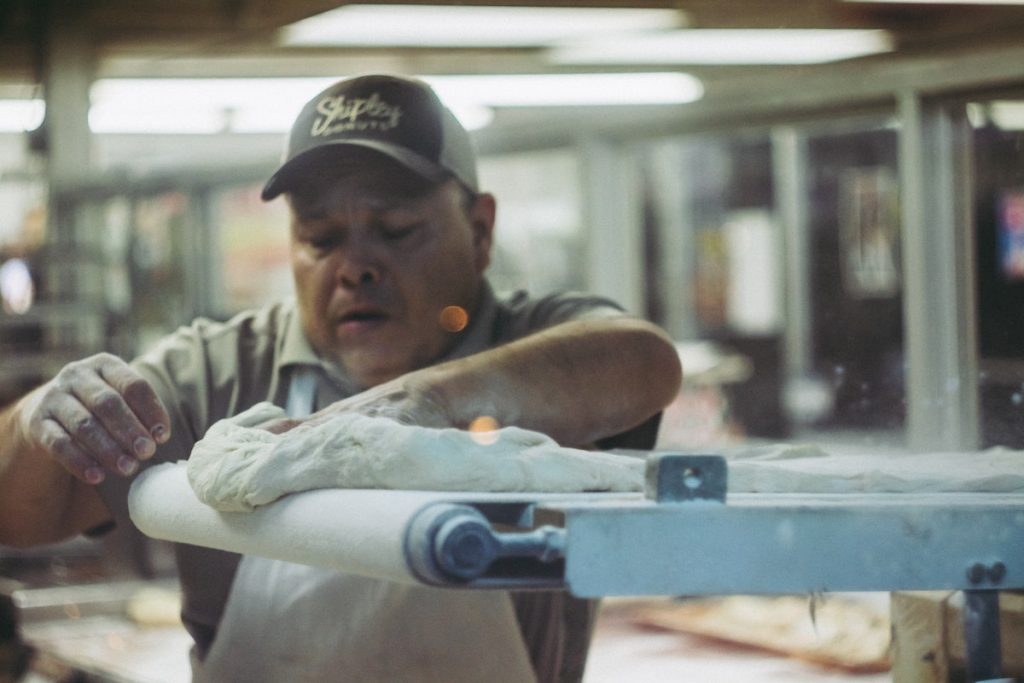• Maximize resources (time, space, technology, and energy) to reduce waste and increase productivity.
• You need to automate production for faster and more accurate operations with reduced labor costs.
• You should consider investing in modern equipment for greater efficiency and consistent product quality.
• You must use data intelligently for valuable insights to improve your business’s operations and growth.
• Don’t overlook packaging, as it affects product shelf life, branding, and environmental impact.
Running a small food manufacturing business is no easy task. It takes a lot of hard work, dedication, and attention to detail to ensure everything runs smoothly. But when it comes to optimizing your operations process, there are simple yet effective steps you can take. In this blog, you will learn essential tips that could make all the difference for your small food manufacturing operation.
Maximize the use of resources.
To optimize your small food manufacturing operation, it’s essential to ensure that you’re making the most out of your resources. Here are a few of the most important resources you should consider optimizing:
Time
Maximize production time by having a well-organized operation and cutting down on unnecessary activities. You can also reduce maintenance time by investing in quality equipment that requires less frequent servicing.
Space
Make use of every available space—from wall shelving to overhead racks, etc.—to store items efficiently. You should also look into purchasing compact equipment to reduce clutter and free up floor space.
Technology
Utilize software, robots, and other technology to minimize manual labor and increase accuracy. You can also use AI-powered applications to automate some tasks and reduce the time spent on menial activities.
Energy
Optimize your energy usage to reduce costs by investing in energy-efficient equipment, such as LED lighting and power-saving machinery. You should also consider using renewable energy sources like solar panels where possible.
By maximizing all available resources, you can reduce waste, improve efficiency, save money, and increase productivity.
Automate your production line.

Food manufacturing automation is becoming more and more popular, and for a good reason. By automating portions of your production line, you can reduce production time and labor costs and minimize errors that can occur on manually-controlled equipment. Besides, automation can significantly increase the speed and accuracy of your operations, enabling you to meet demands better.
Automation can also help in reducing product loss and waste, which can further improve your profits. Investing in a fully-automated production line could be one of the best decisions you will ever make for your business.
Invest in the right equipment.
Investing in modern equipment like advanced processing machinery, safety sensors, and temperature monitors can have a significant impact on your food manufacturing operation’s efficiency and safety. By purchasing equipment that is suitable for your product and industry, you can decrease lead time, reduce errors, and ensure consistent product quality, boosting customer satisfaction.
Additionally, investing in the right equipment can help you meet the latest food safety regulations and reduce the risk of recalls. For example, by having temperature monitors in place, you can ensure that food items are stored at the correct temperature and don’t go bad.
Get smart with data.
Data is a powerful tool that can provide valuable insights into your operations, from identifying inefficiencies and bottlenecks to predicting trends and improving products. By collecting, analyzing, and using data effectively, you can make informed decisions that drive progress and growth, saving you both time and money in the long run.
Data like customer feedback can help you create better products, understand customer needs and preferences, and identify market opportunities. This allows you to stay ahead of the competition and build a successful food manufacturing business.
Don’t forget about the packaging.

Packaging is a critical component of food manufacturing operations that is easily overlooked. However, if done correctly, it can improve your product’s shelf life, reduce spoilage, and help with branding. When deciding on the packaging, consider factors like recyclability, sustainability, and safety regulations to ensure that you’re making the best decision for your product and the environment.
You should also consider partnering with a food packaging equipment manufacturer that can provide advice on the best options for your unique needs. They can also help develop custom packaging solutions that meet your requirements and budget. This will ensure that your small food manufacturing business is operating optimally.
Running a successful small food manufacturing operation is no easy task. It requires careful planning and attention to detail to optimize your resources, automate processes where possible, invest in the right equipment for your needs, use data intelligently, and don’t forget about packaging considerations.
Following these essential tips ensures your business runs smoothly and efficiently while providing high-quality products with excellent customer satisfaction. With the right strategies implemented properly, there’s no limit to what you can achieve!



